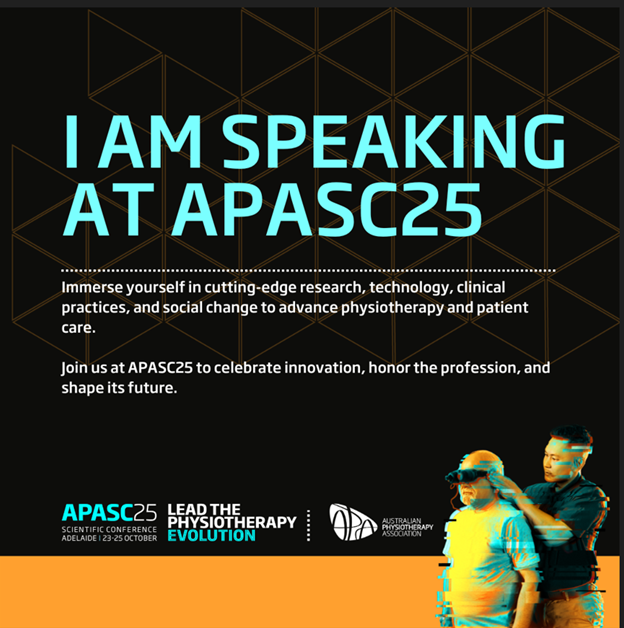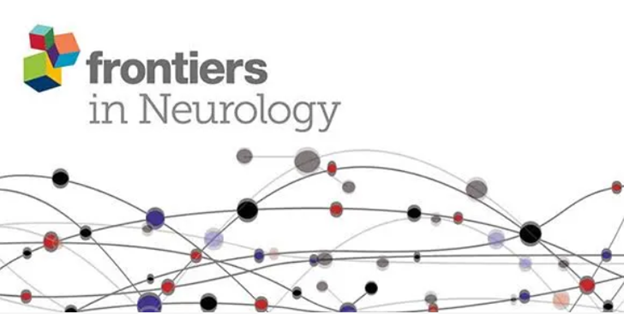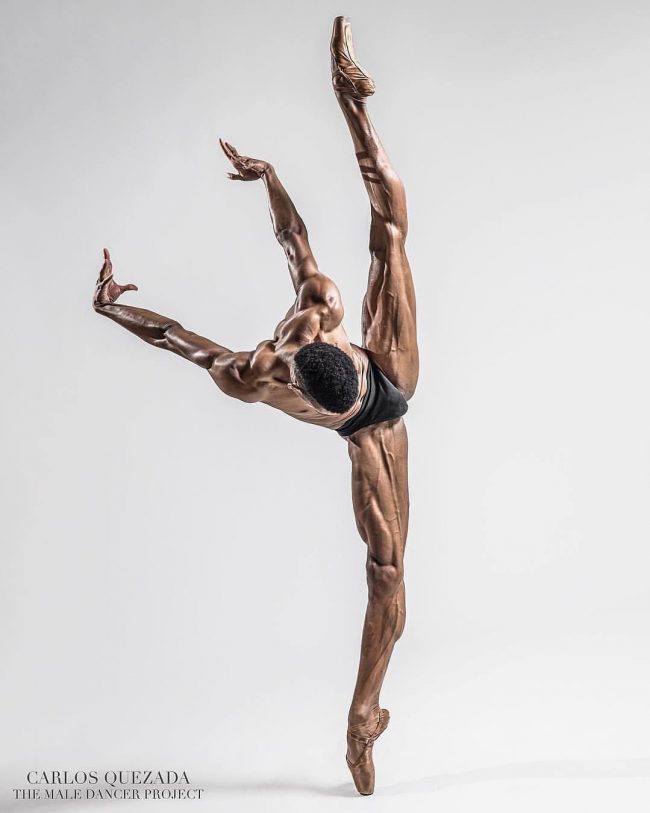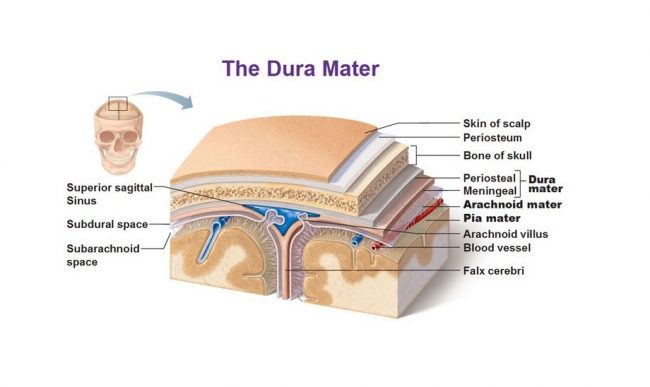Updated Reference List for APASC25 Workshop
REFERENCES: Borchers S, Pirrung M. (2023). The Fallacy of Hyaluronic Acid Binding a Thousand Times Its Weight In Water. 10.26434/chemrxiv-2023-r728q. Cavezzi A, Colucci R, Barsotti N, Di Ionna G. (2022) Compression therapy, autonomic nervous system, and heart rate variability: A narrative review and our preliminary personal experience. Phlebology: The Journal of Venous Disease. 37(10):739-753. doi:10.1177/02683555221135321…








